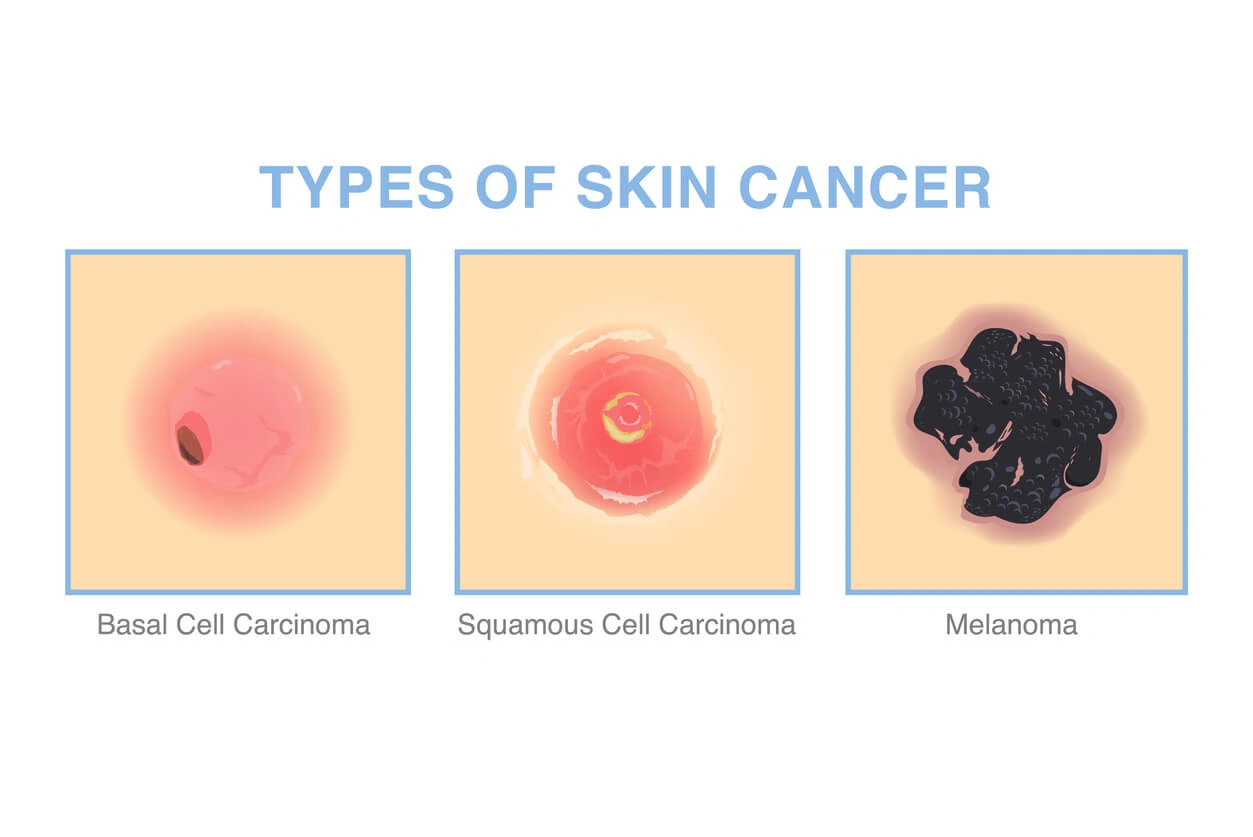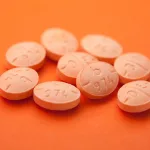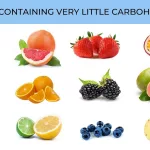
Those Sneaky Little Spots
Did you know basal cell carcinoma (BBC for short) is the most common skin cancer in the world? I’ll be honest—before writing this, all I knew was “If it doesn’t look right, get it checked.” Turns out the real story is kind of wild: BCC can be an open sore, a reddish patch, a shiny bump, even a weird scar that won’t heal. Sometimes they look so innocent you’d swear it’s just an old scratch from gardening or yoga in the park…
Have you ever caught your reflection and thought, “Huh, was that mole always there?” Or maybe noticed a pinkish bump that just seems to stick around? That’s how this usually starts—quietly. And honestly, that’s terrifying and weirdly comforting all at once. Because the earlier you catch it, the easier it is to treat.
So let’s pull out the Basal cell carcinoma Stages pictures—the real-life, sometimes-scary, always-useful snapshots that could make all the difference. Because seeing is believing, right?
Warning Signs: Would You Even Notice?
Does That Even Look Like Skin Cancer?
Here’s the kicker: most basal cell carcinoma starts on sun-exposed skin (think face, nose, hands, arms… or that one balding spot on my uncle’s scalp that everyone pretends not to notice). According to research on basal cell carcinoma warning signs and images, there are five classic ways BCC may show up:
- An open sore that just won’t heal (maybe it comes and goes, but it’s always there in the end)
- A reddish patch or irritated area
- A shiny bump—pearly, clear, pink, white, or even dark (yep, sometimes it just looks like a new mole!)
- A small pink growth with a rolled edge, maybe crusty in the center
- A scar-like area, flat and tough, yellowish or even waxy
Sounds vague? Exactly. My neighbor (let’s call him Bob) thought he just had “old-man skin” on his cheek. Turned out to be BCC caught in the nick of time. “Who would have thought a boring pink patch could be a big deal?” he asked, shaking his head. That’s the thing. It rarely screams “danger” at you, so you have to listen for the whispers.
If you want to see what some of these early warning signs look like in real people, check out these Skin cancer pictures early stages.
Let’s Talk Stages
Stage 0—The Not-So-Obvious Beginning
Stage 0 (sometimes called “carcinoma in situ,” which sounds fancy but just means “still chilling up on the skin surface”) is the sneaky starter. Here, BCC is a tiny scaly patch—maybe a faint pink spot, maybe some roughness or itch that feels like eczema or a healing pimple. Weird, right?
Most folks think it’s nothing, put on some lotion, and call it a day. But this is the golden window for easy treatment. If your doc’s on the ball, they might recommend a cream, a freezing spray, or a quick laser zap. Done and dusted before it even has a chance to get interesting.
An Everyday Example
Think of my cousin Jess, who thought her shoulder “rash” was just sunburned skin. Turns out it was Stage 0 BCC. They treated it with a prescription cream—she joked that it was like magic wrinkle remover.
Stage 1—The Silent Grower
Stage 1 is when the BCC is still under 2 cm (you could cover it with a pencil eraser), and it’s digging a little deeper, but isn’t in the neighborhood nodes or bones or anything dramatic. It might look shiny, stick out a bit, sometimes bleed, sometimes heal and reopen… Sound familiar?
I once saw a patient with a shiny, pearly bump on his nose—it looked just like an innocent pimple. That tiny, persistent thing was stage 1. One Mohs procedure later (a super-precise skin surgery), and he was back at brunch in no time.
Table: How Early-Stage BCC Stacks Up
| Stage | What You See | Common Treatment |
|---|---|---|
| Stage 0 | Tiny, flat spot, maybe scaly or pink | Cream, freezing, laser |
| Stage 1 | Small bump/patch (<2cm), shiny, pink, sometimes crusty | Mohs surgery, excision, cream |
When BCC Doesn’t Get The Memo
Stage 2 and Stage 3—When It Gets Messy
Here’s where things start to shift: if you ignore a patch for months (or years—guilty as charged, Dad, if you’re reading this), BCC can go into “bigger/bolder” mode. We’re talking 2-4 cm or even deeper. It can look crusty, ulcerated, or like an angry scar you don’t remember getting.
The scariest thing? It might invade muscle or nerves (which honestly sounds like something out of a sci-fi movie). You might see it grow even faster, change color, or start to really bother you. That’s when the big guns come out: multi-layer Mohs surgery, targeted meds for tough cases, and sometimes radiation.
Quick Comparison Table—Easy vs. Tougher BCC
| Stage | Size/Spread | Looks Like | Treatment |
|---|---|---|---|
| Stage 2 | 2-4cm, not spread | Large patch, possibly ulcered | Mohs, wider excision, radiation |
| Stage 3 | Any size + local invasion | Deeper, may involve muscle/bone | Surgery, targeted meds |
Seeing pictures of these advanced cases—a big ulcer that won’t heal, sometimes bleeding or cracked—hits different. It’s sobering, honestly. There’s a certain power to seeing the real deal, not just reading the stats. For more visual backup, these Pictures of advanced basal cell carcinoma show exactly what heavy-duty BCC can become.
If you’re a visual learner (or just curious/worried), check out Skin cancer pictures early stages and again, Pictures of advanced basal cell carcinoma for the full BCC spectrum. No filter, no fluff.
Where BCC Likes to Hide
Face, Arms… Even Scalp?
Let’s bust a myth: BCC isn’t picky. Sure, it loves sun-exposed skin—nose, cheeks, neck, arms, you name it. But it can also show up on your back, not visible unless your partner or a good mirror helps you out.
From cheeks to legs, the Basal cell carcinoma Stages pictures get interesting: On fair skin, BCCs are often pink or pearly, practically blending in. On darker skin, they might look like a brown, blue, or even black bump. Sometimes, they just look like a scar or a waxy patch—easy to miss if you’re not looking.
Personal Story—The One That Almost Got Missed
A friend (let’s call her Maya) found a stubborn “rash” under her bra strap—turns out it was BCC that’d been slowly growing for almost two years. No pain, just that “off” look. Only when she checked one day with a mirror did she spot that change.
The lesson here: know your skin. Snap a monthly photo, measure spots if they look weird, and always check those “out of sight, out of mind” places. (Tip: a hand mirror is a lifesaver.)
Basal Cell Carcinoma Pictures: Real Life, Real People
What You’ll Actually See
Let’s get real—words only do so much. When it comes to understanding BCC stages, pictures do the heavy lifting. Clicking through reputable galleries such as DermNet NZ or clinical image collections, you’ll see the full spread: tiny pink dots, shiny blobs, crusty ulcers, even scar-like areas that make you do a double-take.
Here’s how it looks in the wild:
- A shiny bump on the arm, smooth and slick—could be lotion glare, could be basal cell. (Lesson: Don’t assume.)
- A patch on the back, slowly enlarging, maybe crusty. Misses for months because… well, who stares at their back every day?
- Spots on cheeks or near the ear—looks like a bug bite, then suddenly starts flaking or bleeding.
- On the scalp? If you’ve got thinning hair like me, pay attention!
- Pigmented versions on legs: Sometimes brown or almost blue-black, they look like a harmless mole. Until, you know, they don’t.
If you need to compare your own spots or want a reality check, pop over to Skin cancer pictures early stages or, if things seem further along, Pictures of advanced basal cell carcinoma. It can be eye-opening, in the best possible way.
What If It’s Advanced?
Seeing “Stage 4” in Action
Okay, so this is where things get sobering. Advanced BCC (stage 4) is rare, but it does happen—especially if a spot’s ignored for years (think, “Oh, it’s just a scratch” … for, like, a decade). Now the BCC is invading deeper: bone, lymph nodes, or even spreading to another organ (which is, thankfully, very rare).
Pictures of these can be scary—big, ulcerated tumors, the kind you just can’t overlook. If you want to see what “don’t let it get this far” looks like, click through Pictures of advanced basal cell carcinoma.
But don’t let this stress you out. Even late-stage BCC, if you catch it now, is treatable. It just might mean a bigger procedure, and a longer story to tell at the next family BBQ.
Your Skin, Your Story
What does all this mean for you? Honestly, it’s not about memorizing every stage (unless you want to, you skin-care boss, you). It’s about knowing your skin, checking in monthly, and learning what “normal” looks like for you.
If you notice something new, changing, or just plain off—don’t panic. Snap a pic, maybe measure it, keep track. Send it to your doctor if you’re unsure. The reality is, most BCC is easy to treat and has a super-high cure rate if you catch it early.
Feeling anxious is normal—but let’s spin that worry into action. Because the truth is, knowledge (and a few good pictures) is power. You’ve got this.
Conclusion: No Shame, All Gain
So, here’s my hope after writing way too much about Basal cell carcinoma Stages pictures: you walk away feeling empowered, not scared. You know that the weird, persistent spot isn’t just “dry skin.” That staring at your own back in the mirror for five awkward minutes a month is totally worth it.
Check out Skin cancer pictures early stages for examples, compare them to your own mystery spots, and—if anything seems wrong—book the darn appointment. If it’s past the “hmm” stage, scroll through Pictures of advanced basal cell carcinoma and remind yourself: early is always better.
Your skin, your health, your future. That’s what really matters. You’ve got eyes, intuition, and now, a few more tools in your toolbox. Here’s to staying smart, safe, and—hopefully—a little more sun-savvy, one skin check at a time.


















Leave a Reply
You must be logged in to post a comment.